Water Quality Management for Flounder Farming
Interview

Establishing Efficient Breeding Methods by Utilizing IT
~Promotion of Local Production for Local Consumption~
Kudamatsu City Center For Stock Enhancement
Mr.Hatate
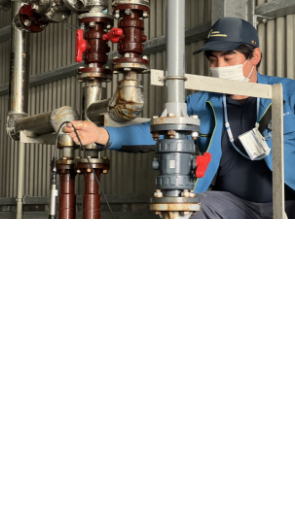
Establishing Efficient Breeding Methods by Utilizing IT
~Promotion of Local Production for Local Consumption~
Kudamatsu City Center For Stock Enhancement
Mr.Hatate
The Kudamatsu City Center For Stock Enhancement was founded in 1983 with the goal of intermediate fish rearing and release. They conduct research and investigations on aquaculture technology and are dedicated to creating an environment that enables a stable supply of fishery resources. To gather precise data for analysis, improve rearing techniques, and reduce labor, they implemented our IoT Water Quality Sensor System.
We interviewed them to learn about why they chose our service, the results after implementation, and their future plans.
Establish an Efficient Spawning Method, from Manual to Automation
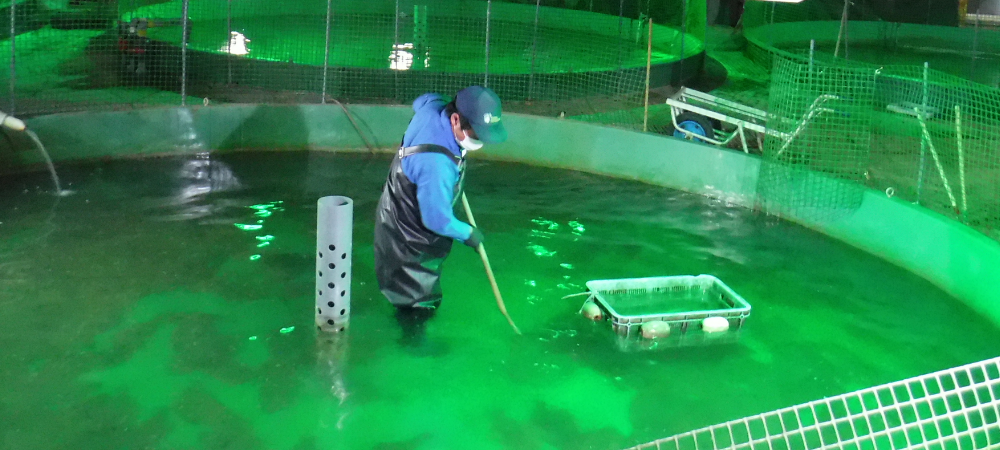
ーCould you share with us the reasons and process that led to the implementation of our system?
At our fisheries center, we raise flounder and puffer fish. For the past ten years, we have been manually measuring water temperature.
However, we wanted to discover more advanced cultivation methods by automatically measuring not only water temperature but also dissolved oxygen level (DO) and salinity 24 hours a day, and accumulating this data. This led us to consider adopting the IoT Water Quality Sensor System to meet our needs.
ーWhat are some challenges you were facing before the implementation of our system?
We used to manually measure water temperature twice a day and record the readings on Excel.
However, we didn't measure DO frequently due to the additional effort required for calibration and fluctuations after feeding. Moreover, salinity is critical for successful spawning in seed production, but we weren't measuring it.
To establish more efficient spawning methods and increase productivity, we needed to measure not only water temperature but also DO and salinity to identify suitable conditions.
Reduce Stress on Fish to Improve Fish Growth and Quality
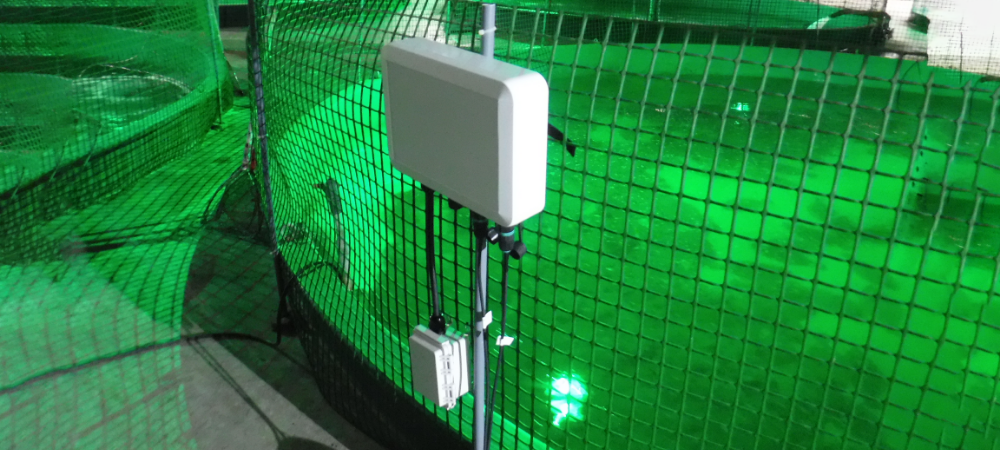
ーCan you tell us about the effects after the implementation of our IoT Water Quality Sensor?
After implementing the IoT Water Quality Sensor System, we were able to reduce the time spent on manual measurement and recording of data.
The data can be directly downloaded from the system's webpage, eliminating the need for transcription into Excel. With the added capability to measure DO and salinity, we plan to analyze the relationship between fish health and water quality, including stress levels.
Fish often die in the summer due to insufficient DO, so we believe that features such as setting thresholds for notification and the ability to check the condition of the fish tank on a smartphone can be utilized to reduce stress on fish, ultimately leading to improved growth and quality.
ーHow do you plan to utilize the data in the future?
Despite rising costs of fish farming, such as feed and maintenance expenses, as well as disease outbreaks, the price of fish remains stagnant.
At our fisheries center, we have been practicing "creating and nurturing fisheries" alongside fishermen for a long time. We have already developed a cultivation method that enables us to ship fish two months earlier than conventional methods, and we have shared this knowledge with local fishermen.
Moving forward, we will continue to work towards establishing cultivation methods that utilize data analysis and improve work efficiency. Our goal is to reduce the cost of cultivation and increase the value of our fish by raising them faster and in larger shapes.
User-Friendly and Easy-to-Use Web Interface
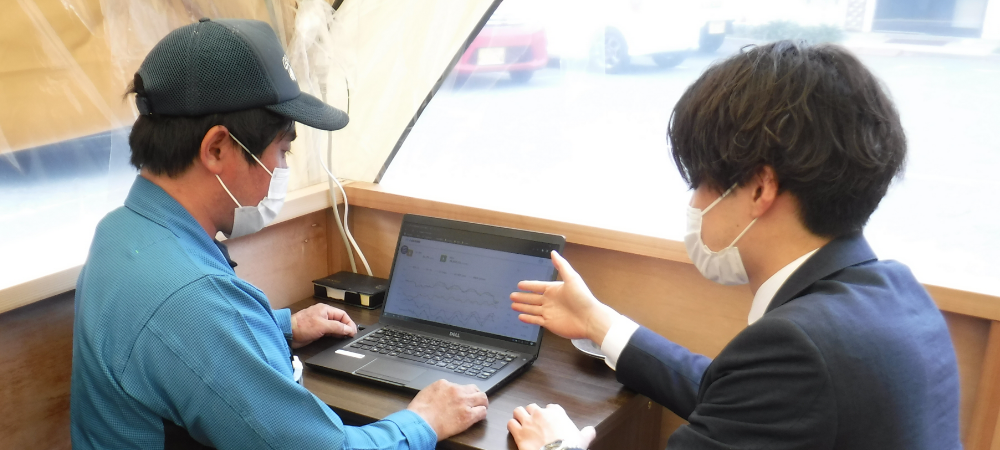
ーHow do you feel about the design of the web interface?
The web interface design is very user-friendly.
The automatically generated graphs allow me to quickly assess whether the data is showing an increase or decrease, which is great.
The automatically generated graphs allow me to quickly assess whether the data is showing an increase or decrease, which is great.
ーDo you have any concerns about the size of the housing case?
I think the casing is small in size. I haven't found it to be difficult to install.
Although regular maintenance is required, we plan to carry it out to ensure the accuracy of the data.
Sustainable Development for Kudamatsu's Fisheries Industry
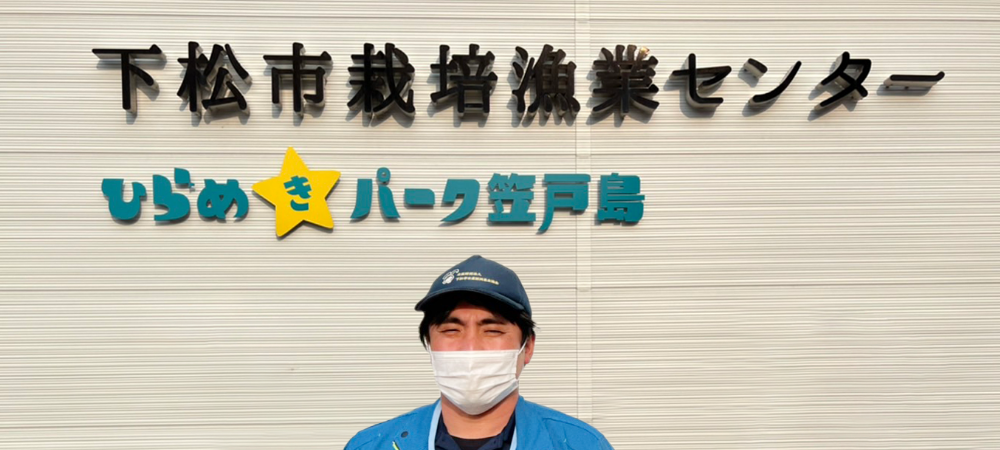
ーAre you planning to introduce more IT in the future?
We currently measure the size and weight of the fish manually once a month. Therefore, we are interested in implementing the Fish Size Estimation Camera System from i-enter, which would allow us to accurately monitor the growth status of the fish without having to handle them.
Additionally, it would be beneficial to have a method to detect illnesses before they become fatal, as identifying them after the fish have perished is not productive.
ーCould you share with us your future aspirations and the role you envision playing in society?
At our fisheries center in Kudamatsu City, we currently handle 12 different types of fish, including devil stinger, red-spotted grouper, marbled flounder, flounder, tiger pufferfish, marbled rockfish, kuruma shrimp, blue swimming crab, bloody clam, abalone, rock trout, and black scraper.
Of these, 90% of the farmed flounder is produced on Kasado Island, while nearly all the tiger pufferfish are consumed locally in Kudamatsu, and have become a crucial resource for regional tourism.
In the future, we aim to expand the range of fish species to include branded farmed chub mackerel and jack mackerel in order to increase the income of Kudamatsu's fishermen.
Furthermore, we plan to incorporate IT technology, leveraging our previous experiences and knowledge, to improve the cultivation process from seed production to fishing, thus increasing the catch quantity.
Our ultimate goal is to achieve sustainable development for Kudamatsu's fisheries industry in the long term.
Contact Us
Please feel free to contact us for consultation or questions.
IoT/AI/XR(VR・AR・MR)/RPA/Application Development
/Web System Development/Business System Development
/Cloud Integration/Design
/UX/Digital Marketing